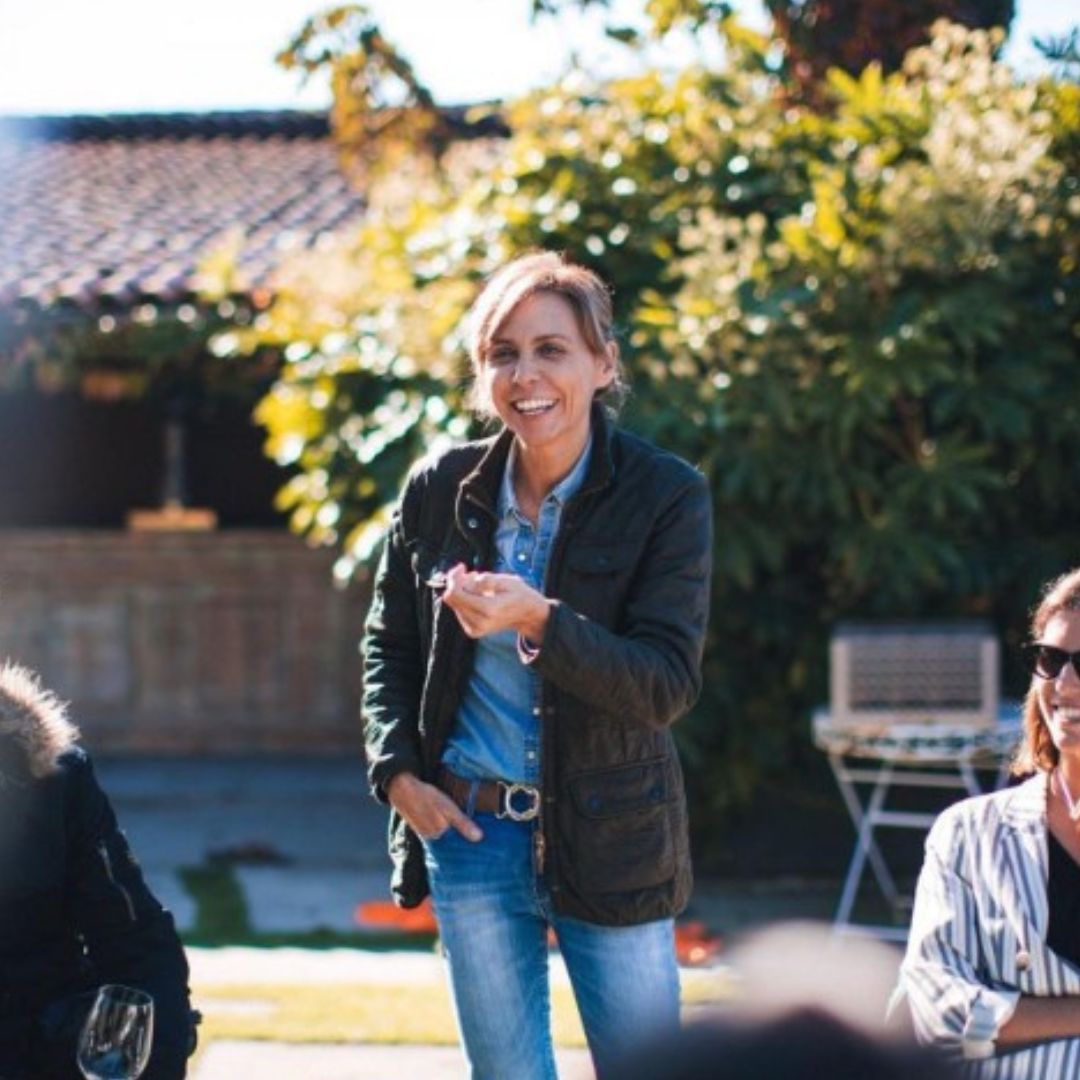
Wines from Marta Castro-Pintos
3000 Cepas AlbariñoEdición Los Nietos Albariño
Lagar de Pintos Albariño
Pie Franco Albariño
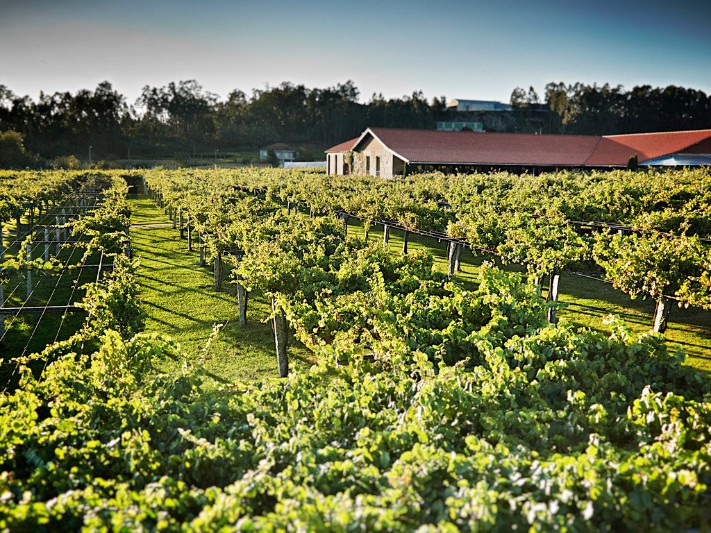
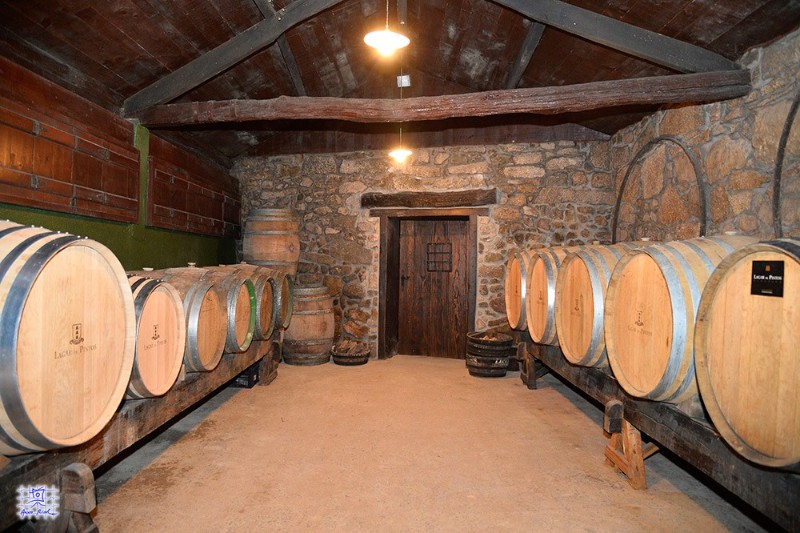
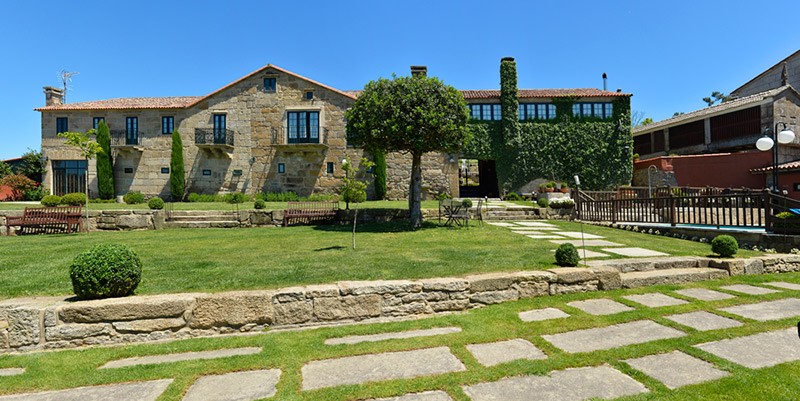
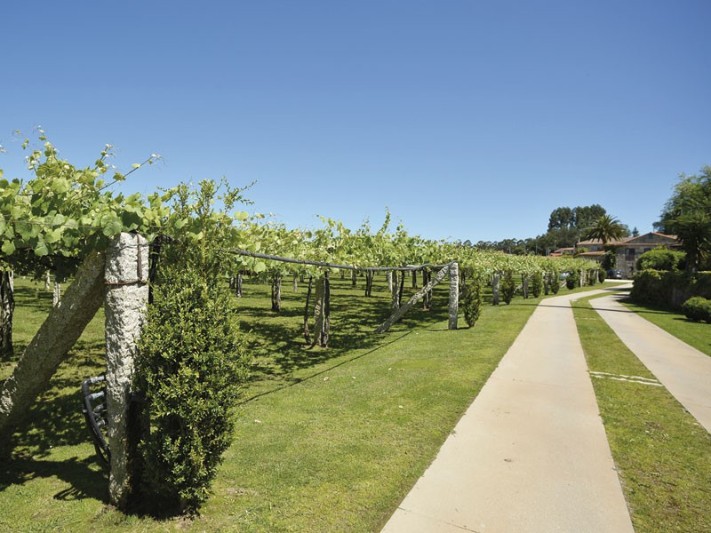
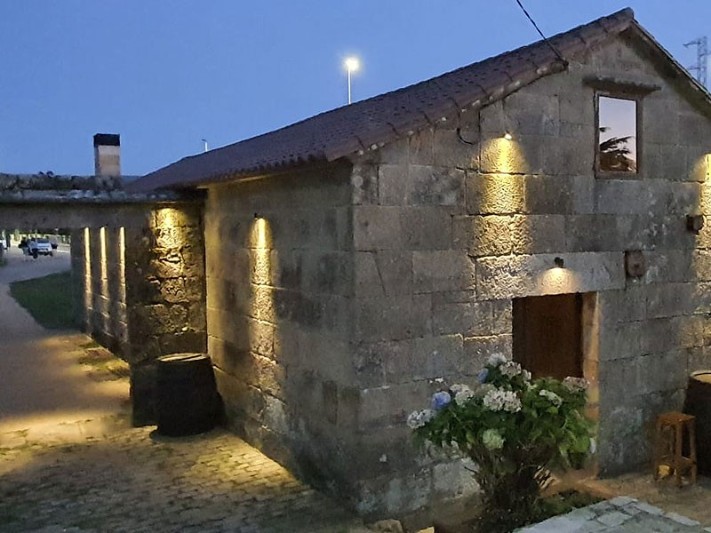
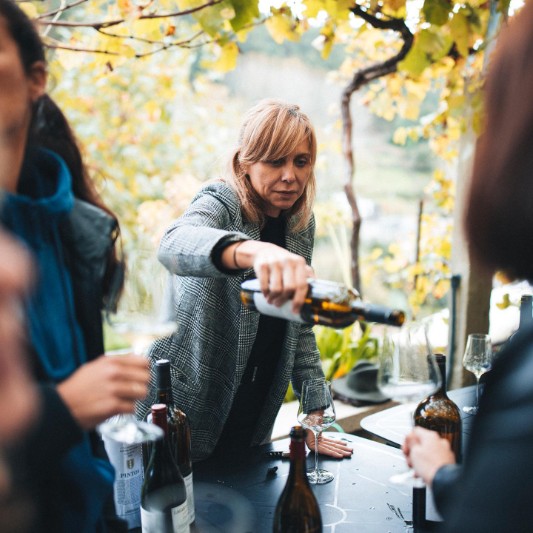
Marta Castro-Pintos
Lagar de Pintos
Rias Baixas, Galicia, Spain
Marta Castro Pintos grew up learning the family business at Lagar de Pintos under the shade of Albariño vines trellised on traditional Galician granite pergolas. Today, she represents the fourth generation to make wine on her family’s small estate in the Val do Salnés zone of Rías Baixas. Lagar de Pintos is a time capsule, home to stone buildings dating back to the late 1800s, and one of the oldest wineries operating in the region. Marta intentionally brings her own point of view to the winery, respectfully blending modernity and antiquity. At the core of her work is the belief that fine white wines can have the body and structure of a red wine, and that they can age beautifully for decades. Her winemaking practices, such as the use of spontaneous fermentation and no malolactic, are intertwined with her commitment to sustainability and minimal intervention, which allows her both to respect her family legacy and make a promise of longevity to future generations.
Like many children of winemakers, Marta witnessed the demanding, physical nature of the job throughout her childhood, but thankfully followed in the family footsteps anyway, choosing to study at the famous enology program at Madrid’s Polytechnic University. After her studies, she returned to Rías Baixas to make wine at Lagar de Pintos and take over for her father, Pepe. Marta has kept Lagar de Pintos a true family operation: the administrative side of the business is run by her sister, Carmen, making this a truly women-owned and operated winery. The winery itself is a reflection of the old-meets-new philosophy, and it features a modern interior facility housed in a charming, 19th century stone farmhouse with a small chapel on the property. This type of intimate estate is known as a pazo, and has historically served as a waystation for pilgrims on the Camino de Santiago. As the daughter of past generations at Lagar de Pintos, and also the steward of its vineyards and natural surroundings—its future—Marta is truly a winemaker who brings history to life in her work.
IN THE VINEYARD
Lagar de Pintos is a small but mighty estate, and its 5.5 hectares of vines are contained entirely within one small area in the Ribadumia (Val do Salnés) zone of Rías Baixas, where the Umia River meets the sea. The vineyards are so close to one another that Marta can travel to all of them on her bicycle! The median age of the Albariño vines at Lagar de Pintos is 35 years old, with some sites (such as the vineyard that provides 3000 Cepas) featuring ungrafted Albariño vines nearing 80 years old and more. The naturally sandy, granite soils here offer excellent drainage and natural resistance to pests like phylloxera. Because the vineyards are surrounded by water—more or less at sea level and adjacent to a river that feeds directly into the Atlantic Ocean—they require trellising high above the ground to avoid mildew caused by the damp climate. This form of growing vines on pergolas, known as parrals in Galicia, adds many hours of labor to a winery’s bottom line, but is also the most traditional and sustainable method of farming in this area. Thankfully, this maritime climate is quite breezy, and hints of sea air can be found in the wines’ aromas in the glass.
IN THE CELLAR
Lagar de Pintos line of Albariños are unique because they are lovingly made to reflect different perspectives of the same noble grape. Because the estate’s vineyards are all located within the same small area, with the same climate and primary soils, it is Marta’s creative and progressive winemaking decisions that set the wines apart from one another. For instance, Los Nietos is an example of Albariño made in stainless steel, but it spends four years on the lees in tank. This extraordinary aging time allows the lees to slowly integrate and create a layered, complex, and aromatic wine that still shows fresh green notes. Pie Franco is made from ungrafted Albariño that ferments in enormous neutral oak foudres, spending nearly 1 year on the lees before another year to integrate in bottle before release. 3000 Cepas is the rarest of all, with only 1,500 bottles produced. This wine comes from the estate’s oldest vineyards and showcases the possibilities of Albariño fermented and aged on the lees in French barriques for one year before spending another year in bottle prior to release. Aside from the Lagar de Pintos Albariño, the wines do not ever experience any malolactic, although true to her hands-off approach, Marta does nothing in the cellar to block it from happening. The austere complexity of the wines allows for the expression of the estate’s terroir and serves as one of the hallmarks of the Lagar de Pintos style.
SUSTAINABILITY
Marta is both passionate and scrupulous about protecting her family’s legacy and the natural surroundings on the estate, and so she favors minimal intervention viticulture and winemaking techniques. With only 5.5 hectares on the entire estate, the team can work with vines at the individual level—truly farming by hand—and this allows them to avoid the use of unnecessary chemicals. As Marta points out, her children play in the vineyards while she works, so it is essential that they remain in a healthy environment. The wines from Lagar de Pintos are fermented spontaneously with indigenous yeast, and vegan.
FUN FACTS
-
The namesake of the winery is a 100+ year old stone trough, or lagar, that Marta recalls playing in as a child.
-
The winery is home to an ancient grain mill built in 1873. The mill remains on the property and pays homage to one of humanity’s most important agricultural inventions.
-
Lagar de Pintos has a small museum and farm-to-table restaurant.
Let’s stay in touch
“We’ll keep you in the loop about future events, winemaker tastings, recipes, new releases, travel guides and other occasional updates.”
